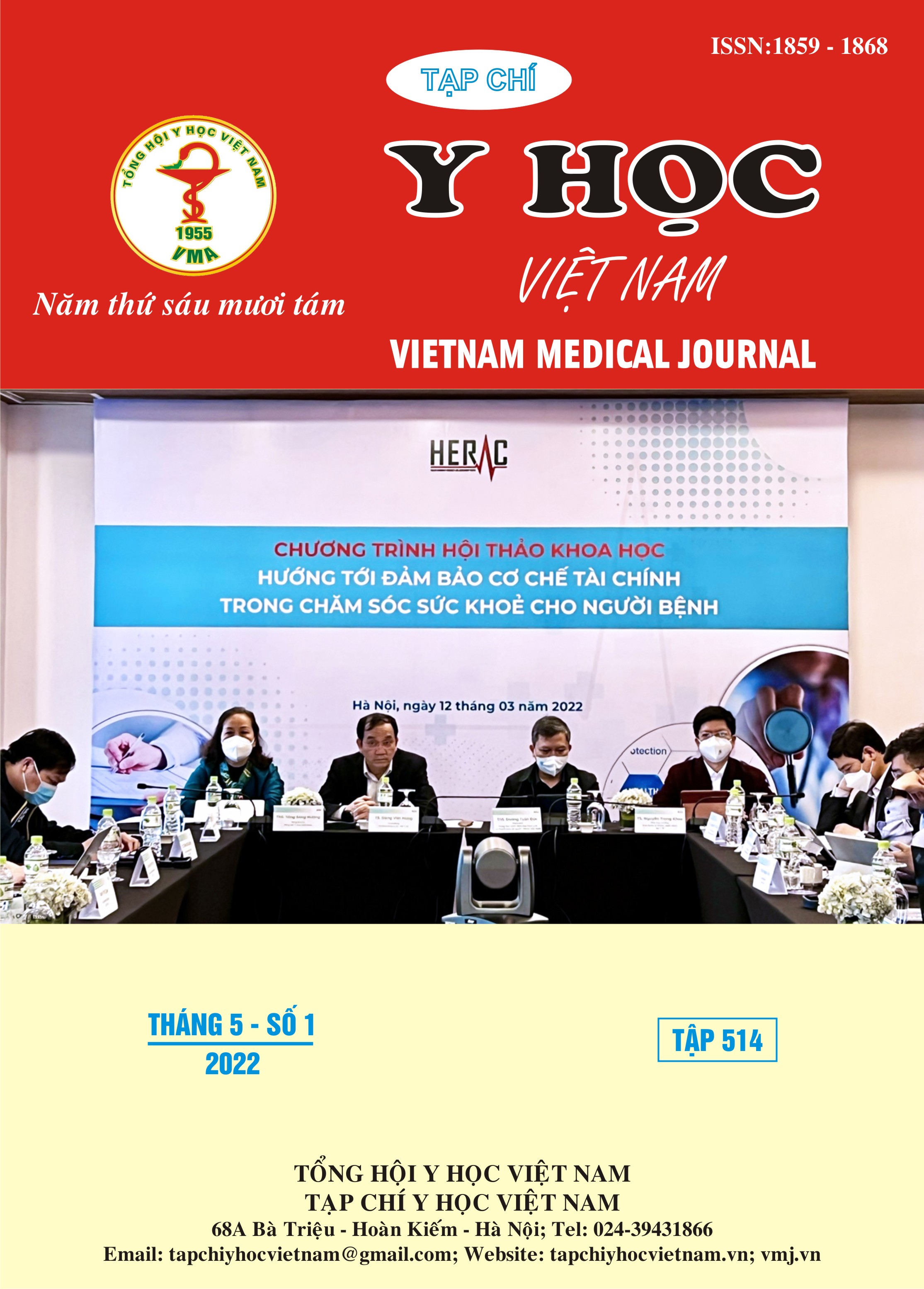INITIAL RESULTS TO BUILDING THE REFERENCE LABORATORIES NETWORK ACCORDING TO IFCC/ JCTLM RECOMMEND ESTABLISHED BY THE QUALITY CONTROL CENTER FOR MEDICAL LABORATORIES, MINISTRY OF HEALTH IN THE UNIVERSITY OF MEDICINE AND PHARMACY AT HO CHI MINH CITY
Main Article Content
Abstract
Objective: To build a model of reference laboratories according to IFCC/JCTLM experts’ recommendations and the role of these laboratories in the biochemistry external quality assessment program. Methods: conducting a reference laboratory workshop, collecting expert recommendations, selecting laboratories that meet the criteria and voluntarily participate, making references for nine parameters of glucose, cholesterol, triglycerides, urea, creatinine, uric acid, ALT, AST, GGT of 12 EQA samples of the Quality control center of the medical laboratory of the University of Medicine and Pharmacy at Ho Chi Minh City (QCCUMP) in 2021. Results: 100% of reference laboratories get “accepted” EQA results in all 12 samples in 2021; more than 70% to nearly 80% of EQA results were achieved “accepted” in the group of participating laboratories. Conclusion: The QCCUMP initially successfully built a network of 8 reference laboratories according to the recommendations of IFCC/JCTLM experts. The next step is to complete the national referral network. The reference laboratories in the network contributed to determining the correct value (assigned value) for nine test parameters of 12 EQA samples in 2021, contributing to harmonizing the results of participating laboratories.
Article Details
Keywords
reference laboratory, external quality assessment, biochemistry, quality control center
References
2.Graham Beastall (2020) Phòng xét nghiệm tham chiếu là gì? Building up a Reference Laboratories Network in Viet Nam': 30 July 2020, Trung tâm kiểm chuẩn chất lượng xét nghiệm 10 năm thành lập - hội nhập - phát triển thực hiện 316 TTg nâng cao chất lượng xét nghiệm và hội thảo bộ y tế - quốc tế mô hình hệ thống phòng xét nghiệm tham chiếu, Đại học Y Dược Tp. Hồ Chí Minh,
3. Cục Quản lý Khám chữa bệnh (2020) Sơ kết kết quả đánh giá mức chất lượng phòng xét nghiệm y học thực hiện QĐ số 316/QĐ-TTG, Hội thảo sơ kết " Công bố kết quả đánh giá mức chất lượng Phòng Xét Nghiệm Y học, Tình hình triển khai liên thông kết quả xét nghiệm tại các bệnh viện, Thành phố Hồ Chí Minh,
4. A. Baldan, Adriaan M. H. van der Veen, Daniela Prauß, Angelika Recknagel, N. Boley, Steve Evans, et al. (2001) "Economy of proficiency testing: reference versus consensus values". Accreditation and Quality Assurance, 6 (4), 164-167.
5. International Standard Organization (2015) ISO 13528 Statistical methods for use in proficiency testing by interlaboratory comparison. Switzerland.
6. Clara Morales, Ramón Giraldo (2020) "Reference versus consensus values in proficiency testing of clinical chemistry: a statistical comparison based on laboratories results in Colombia". Accreditation and Quality Assurance, 25 (2), 99-105.
7. F. Braga, M. Panteghini (2014) "Verification of in vitro medical diagnostics (IVD) metrological traceability: responsibilities and strategies". Clin Chim Acta, 432, 55-61.
8. N. W. Tietz (1994) "Accuracy in clinical chemistry--does anybody care?". Clin Chem, 40 (6), 859-61.


